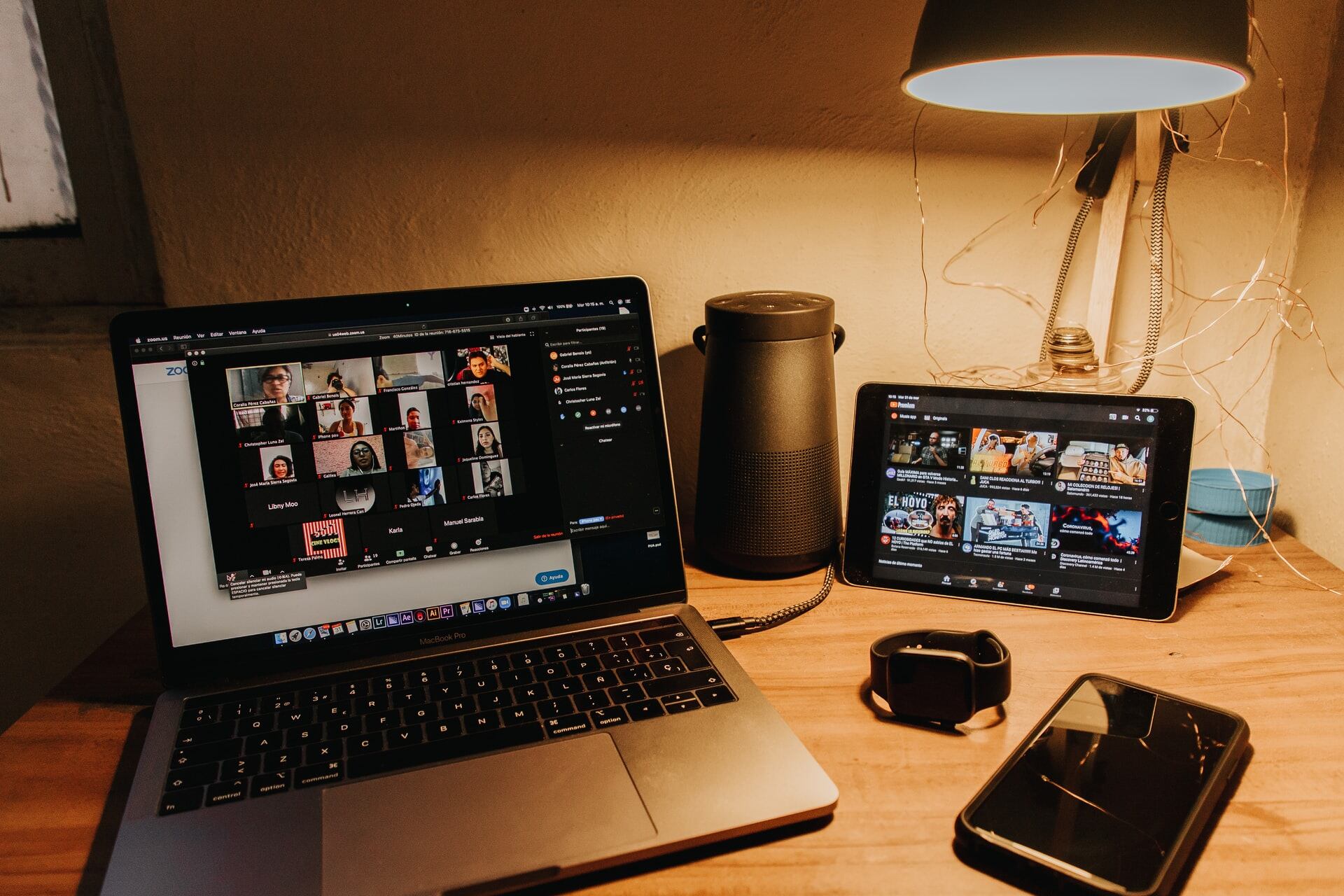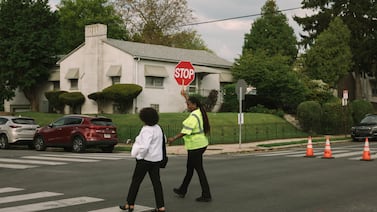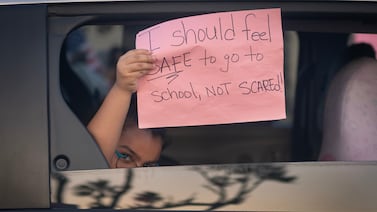As thousands of Newark students prepare to start school virtually on Tuesday, everyone is hoping this time will be different.
In the spring, after the pandemic abruptly shuttered schools across the country, the Newark school district raced to loan computers to students while teachers scrambled to recreate the classroom experience virtually. Despite those Herculean efforts, many students had trouble getting online and many parents were thrust into the role of untrained educators.
Now, after the school district made the sudden decision last month to delay the start of in-person classes, officials promise that virtual learning will go more smoothly this fall. But with the start of online classes just days away, the district has provided scant details about what remote learning 2.0 will look like.
While work has happened behind the scenes and teachers have received training, the district’s 25-page reopening plan doesn’t address basic questions about what students’ virtual learning will entail. The limited information has left families with little idea what to expect — a problem considering that parents will have to supervise and support their children’s remote learning.
“I haven’t heard anything, didn’t receive anything,” said Amber Brown, whose daughter will enter third grade when classes begin Sept. 8. “I went on the Newark Public Schools website and it just said school will be virtual until Nov. 17. That’s it, which is crazy.”
Until a few weeks ago, the state’s largest school district seemed poised to bring its roughly 36,000 students back into schools.
The district had run two in-person summer school sites and released its plan detailing how it would safely resume in-person learning this school year, though families could still opt for remote learning. In surveys, a majority of parents and teachers said they were ready for a return to classrooms.
Then, without warning or explanation, the district announced on Aug. 17 that all students will learn remotely at least until the first marking period ends in November.
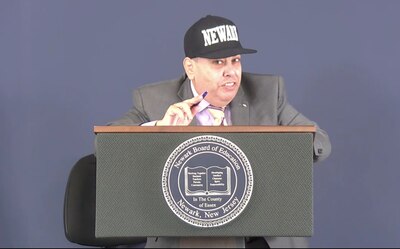
In subsequent public appearances, Superintendent Roger León said that postponing in-person learning would give the district time to “build confidence” in families and educators that classrooms can safely reopen. (Newark has reported nearly 800 new coronavirus cases and more than 30 deaths since June 30, though the rate of new infections has declined since April.) To that end, León has described at length the district’s school reopening plans: the multi-step process for entering buildings, new classroom cleaning protocols, rules around mask-wearing and social distancing.
But conspicuously absent has been any detail about remote learning. During a nearly four-hour staff convocation this week, León talked about the success of the in-person summer school sites, his 10-year plan for the district, and test scores and attendance rates from the spring. Yet he barely mentioned virtual learning, which every Newark student and teacher will be engaged in for at least the next few months.
“That is going to be such an historic event to have school open and to not have children there,” León said three hours into the all-staff meeting. “We will get ready for everyone’s return. I implore you to just be patient with us.”
The stakes are incredibly high for Newark and every other district to get this school year right.
Researchers say that many students likely regressed academically this spring during the sudden and chaotic shift to remote learning. One study of this “COVID slide” estimated that students only made about 70% of typical progress in reading last school year and 50% in math. In some grades, students will arrive this fall nearly a full year behind in math compared to where they would have been under normal conditions, according to researchers at the Northwest Evaluation Association, who based their projections on students’ typical learning loss over the summer.
León has cited that expected learning loss, and the reopening plan lists ways the district will address it. Those include diagnostic tests to measure students’ learning gaps and tutoring and Saturday school to help close them.
The superintendent has also acknowledged some challenges this spring, such as students who couldn’t get online, and promised that virtual learning this fall will be vastly improved.
“We’re going to be far better prepared to educate your child remotely than ever before,” he said during an online meeting with parents.
But nearly a month later, with virtual school set to launch next week, parent Viva White said she hasn’t received any information about how remote learning will differ this fall.
“I have no clue — and that’s the problem,” said White, whose son is in the seventh grade. Whatever changes the district has made to remote learning have not been communicated to parents, she added. “I don’t know what to expect.”
Meanwhile, it’s still not clear whether every student has a laptop and internet access. And a city plan to offer free child care for working parents has yet to materialize.
A district spokesperson did not respond to questions on Friday.
The lack of public information leaves families with big, unanswered questions about this school year.
For instance, will all teachers be required to give daily online lessons? Last spring, some teachers conducted frequent live lessons using videoconferencing platforms such as Zoom and Webex, but others mainly posted assignments and called or emailed students to check in.
Parents who must juggle child care and work this fall also want to know what their children’s class schedules will be and how much live (or “synchronous”) learning they’ll do versus completing assignments independently.
The district’s reopening plan is mostly silent on those questions. It says that schools will use Google Classroom and Webex for remote learning and families must “follow the established daily learning schedule,” but no schedule is included.
Other New Jersey districts that plan to start the year remotely have shared far more information.
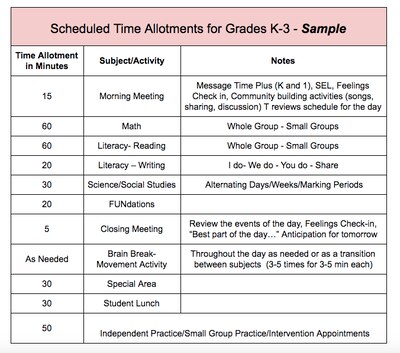
Camden published sample daily schedules for every grade level that specify how many minutes students will spend learning each subject and meeting with their teachers. Jersey City’s 84-page reopening plan tells how much live instruction students should receive each day, which ranges from up to two hours per day for pre-kindergartners to a full day for high schoolers.
Paterson’s 213-page plan goes into minute detail about its district-wide standards for remote learning. For instance, teachers must post daily assignments on Google Classroom by 9 a.m. and hold daily live classes that last a specified number of minutes. Students must keep their cameras on for at least the beginning of each class and participate in small-group sessions each afternoon to fill in any learning gaps from the spring.
While Newark has not informed families of its remote learning plans for this fall, that doesn’t mean the district hasn’t been working behind the scenes to make improvements.
Newark Teachers Union President John Abeigon said the district provided training for teachers on remote instruction, and the union also created a suite of video tutorials. After school starts, families will get more details about students’ schedules and can ask for help with any technology issues, Abeigon said.
“They’re going to work out all that stuff with their classroom teachers,” he said, adding that families need to be patient. “There’s got to be a lot of patience, a lot of understanding, a lot of readjusting our level of expectations.”
Ann Jansen, a second grade teacher at Hawthorne Avenue School, said that teachers had multiple days of training and planning this week. While families might not have received all the details, class schedules are set and teachers are equipped with the tools and strategies they need for virtual learning, she added.
“Essentially, it’s supposed to be as close to the real experience as we can possibly make it,” she said.
Jansen said she plans to teach lessons to her entire class on Webex part of the time, then work with small groups of students the remainder of time. She’ll spend the first few weeks cultivating a virtual classroom community and helping students cope with the emotional strain caused by the pandemic and the ongoing separation from their friends. Despite the challenges ahead, she’s looking forward to the new school year.
“This might not be easy; this might not be ideal,” she said. “But you do it and it’s exciting because you’re creating something new.”
Chalkbeat wants to hear from you. Tell us your thoughts and questions about remote learning in the brief survey below.

